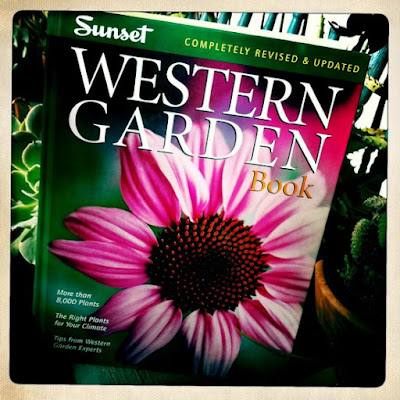
Jerry Sortomme has done more to promote sustainable landscaping in the Santa Barbara area than anyone I can think of. As the chair for the Environmental Horticulture Department at Santa Barbara City College for twenty-two years, Jerry taught, mentored, and regaled thousands of students. Many of "Jerry's Kids," as some affectionately call themselves, have moved on to careers in environmental science, horticulture, contracting, design, and other green professions.
I met Jerry not long after I started working for Parks and Rec in ‘87. From the start, I knew he was a force to be reckoned with. Aside from his bottomless storehouse of horticultural and environmental knowledge, his sense of advocacy for his horticulture program made him and his students frequent partners on City projects, with a double bonus of having his classes get their hands dirty in real- world projects while doing a good turn for their town.
Well, Jerry might have retired from SBCC in 2003, but he's still eyebrow-deep in very historic, very local dirt. He stepped out the door of room A-162 and right into a volunteer position as project manager and consultant for La Huerta Historic Garden at the Old Mission Santa Barbara. The goal of this unique project is to "exhibit era-specific plant materials, revealing horticulture art forms, techniques, and the science of the Spanish mission-era."
Huatza Huerta?
Simply put, La Huerta (Spanish for ‘orchard') is an extension of the Old Mission's museum (under the direction of Tina Foss) but moved outdoors. This project, begun in 2003, is literally bringing back to life a side of California's Mission era many people don't know about, especially visiting third- and fourth-graders studying California history. (This is the year when their parents pull an all-nighter, finishing the Mission San Juan Capistrano model - complete with a holographic projection of returning swallows - that's due tomorrow.)
Travel back in time via Edhat.com













































